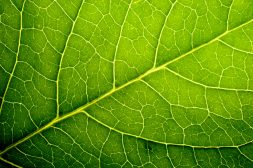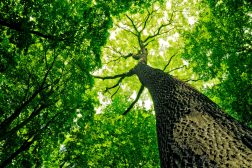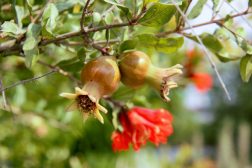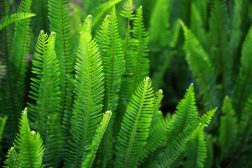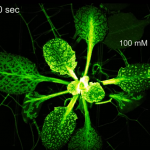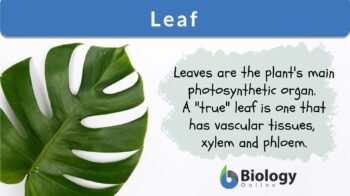
Leaf
n., plural: leaves
[liːf]
Definition: main photosynthetic organ of a plant
Table of Contents
Leaf Definition
(botany) A plant organ that is specialized for photosynthesis. Collectively, it constitutes foliage. Vascular plants (tracheophytes) have “true” leaves whereas non-vascular plants have only “leaf-like” structures. The fundamental difference between the two plant groups is the presence of vascular tissues, i.e., xylem and phloem. Non-vascular plants (bryophytes) lack true leaves because their leaf-like structures (called phyllodes) do not have xylem and phloem tissues. Vascular plants, such as flowering plants (angiosperms) and naked seed plants (gymnosperms), have vascular tissues in their leaves. Therefore, a true “leaf” would be a plant organ that has vascular tissues apart from the anatomical adaptations and features that enable them to function as the plant’s main photosynthetic organ.
More Info About Leaf
Let’s see the different features that make the leaf the main photosynthetic organ of a plant.
Chloroplast and the pigments
The leaf is often green in color because of the presence of the green pigment, chlorophyll. The numerous green pigments in the leaf make the latter greenish in color. It is the main photosynthetic pigment as it has the capacity to trap light energy for use in photosynthesis. The chlorophyll pigments are found inside the chloroplast, an organelle inside the plant cell.
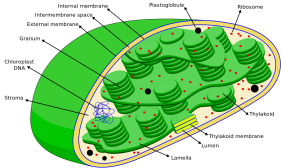
Non-green pigments are present in the leaf as well. Referred to as accessory pigments (e.g. carotenoids), these pigments help absorb light energy, and then they pass it to the primary pigment (chlorophyll). Apart from chloroplasts, non-green pigments are also present in other types of plastids, specifically, chromoplasts. Their effect on the color, however, is masked by the chlorophyll pigments, which occur in greater numbers. The color effect of the carotenoids becomes apparent when the leaf enters senescence. That is when the leaf ages and the chlorophyll pigments and chloroplasts are degraded in the process.
Plant structure
The leaves usually consist of a blade, or lamina, supported upon a leafstalk or petiole, which, continued through the blade as the midrib. The petiole has usually some sort of an appendage on each side of its base, which is called the stipule. The green parenchyma of the leaf is covered with a thin epidermis, with closable microscopic openings, known as stomata (singular: stoma).
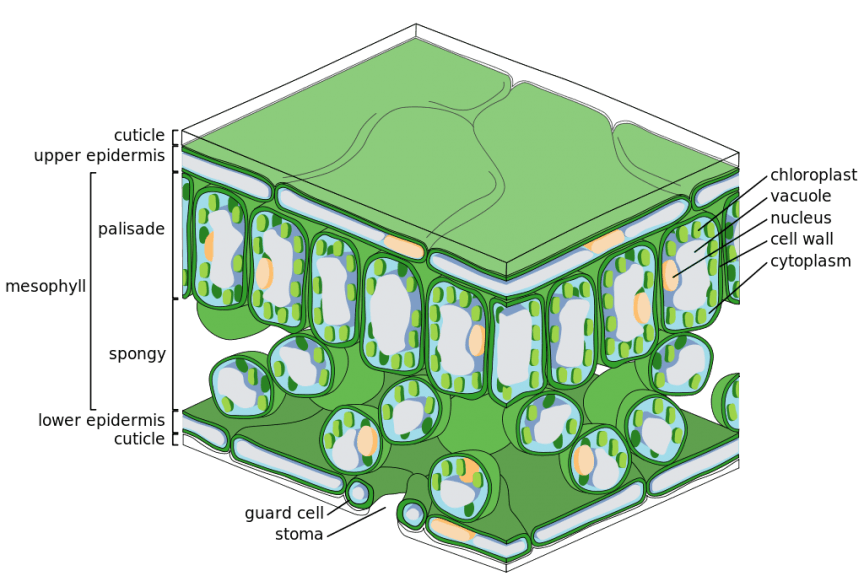
Lateral outgrowth
Leaves typically grow laterally; they are wide and thin, with a flat surface. These features are an adaptation for their main function, which is to collect as much light energy from the sun as possible. However, many plant groups have acquired different leaf modifications to make them survive or suited to thrive in certain habitats. For instance, the leaves of the cacti have been reduced to spines to protect themselves against too much herbivory and for preserving water. Because of their distinct leaf structure, cacti are able to thrive in a dry habitat. Conifers that thrive in cold habitats have needle-like leaves to protect themselves against extreme weather, like snowy weather.
Read more about Leaf Structure and Modified Leaves here: Leaves – Biology Tutorials.
©BiologyOnline.com. Content provided and moderated by BiologyOnline Editors.

